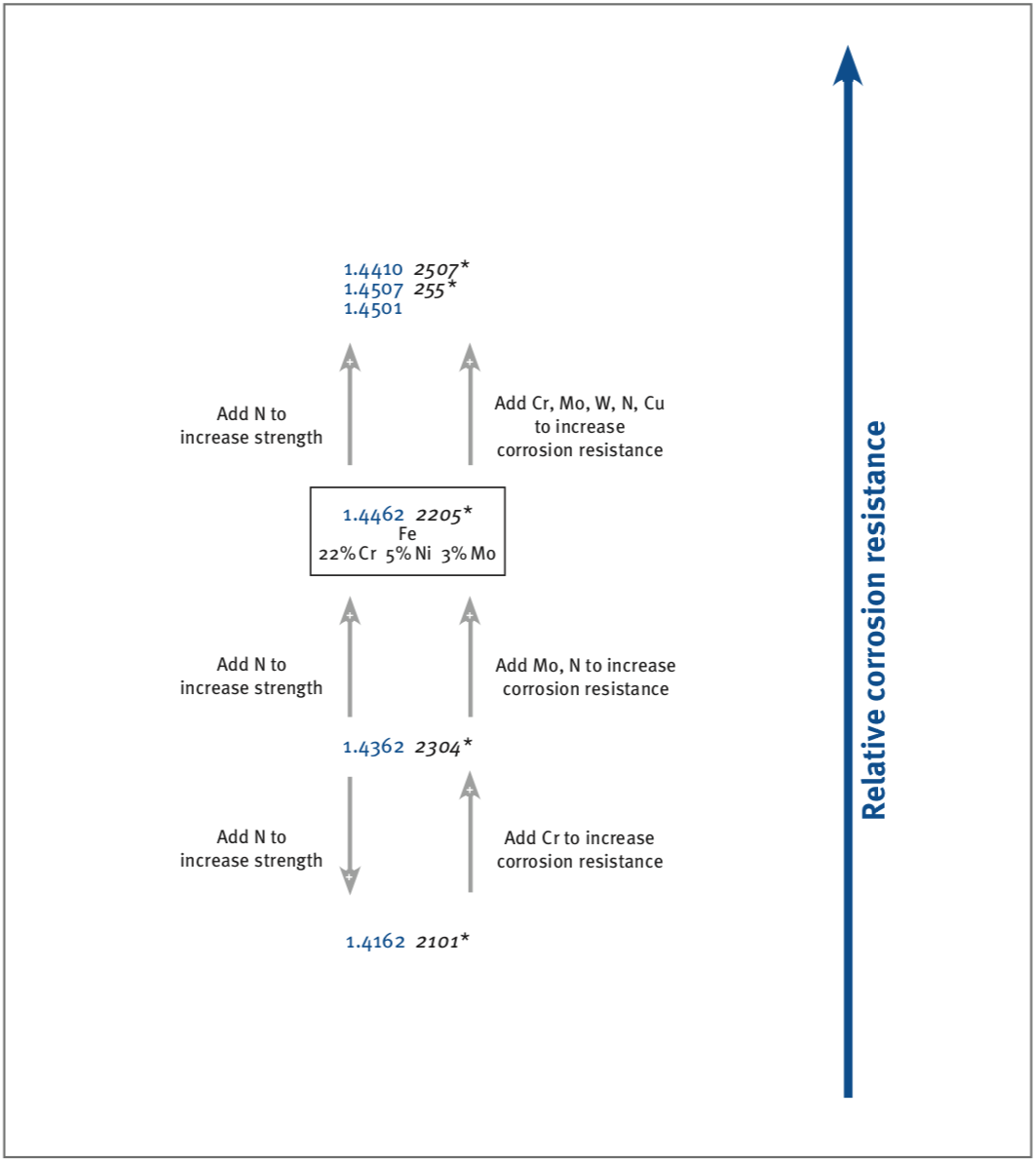What is Stainless Steel?
Reprinted from Euro Inox with permission.
What is stainless steel?
Iron alloy bearing ≥ 10,5 % chromium and ≤ 1,2 % carbon, necessary to ensure the build-up of a self-healing surface layer (passive layer) which provides the corrosion resistance.
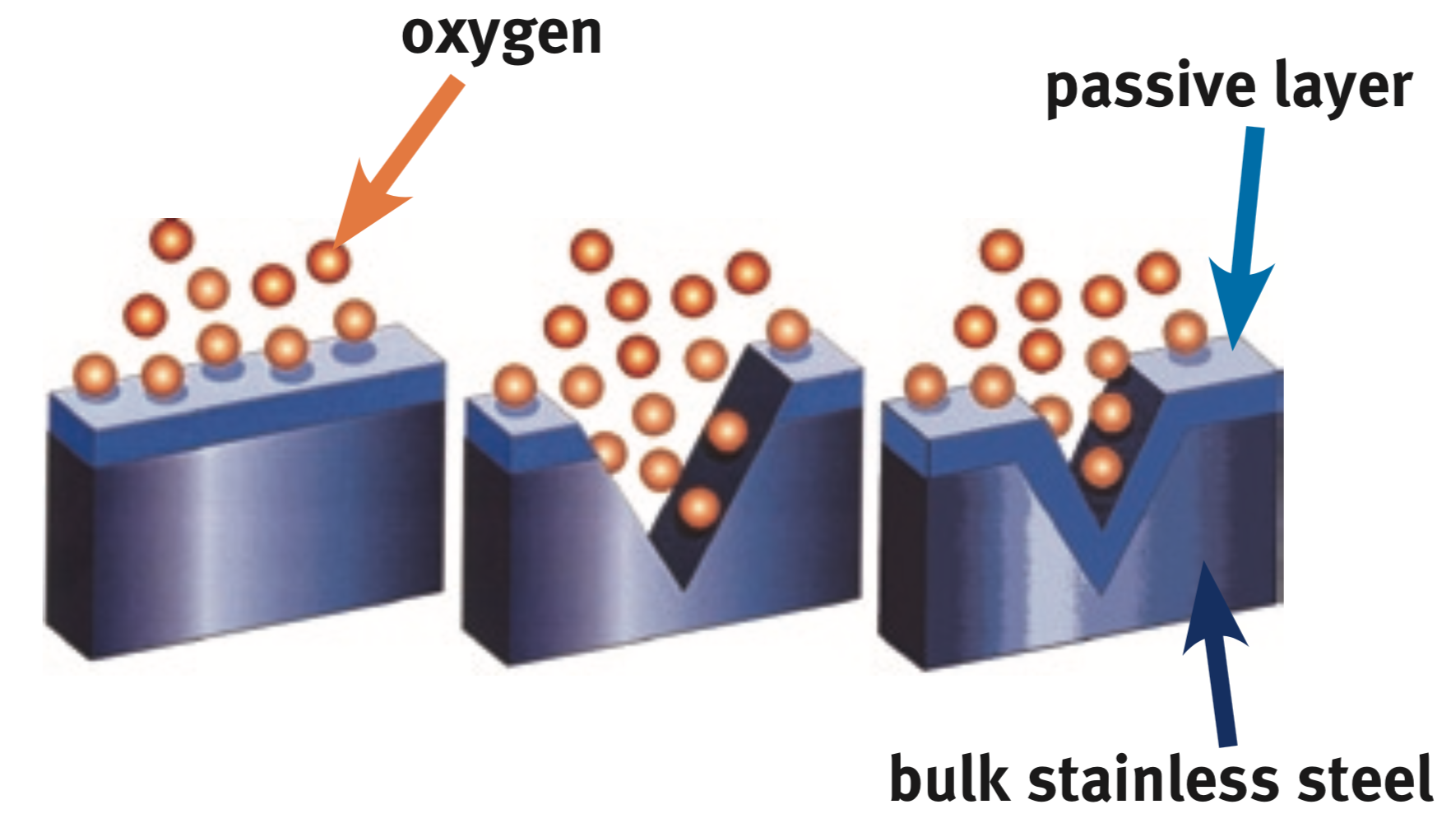
Main families
- Austenitic: iron-chromium-nickel, carbon < 0,1 % (including grade 1.4301/304, often referred to as 18/8; 18/10) , non-magnetic in the as-delivered condition; > 65 % of world stainless use
- Ferritic: iron-chromium, carbon < 0,1%, magnetic
- Martensitic: iron-chromium, carbon > 0,1%, magnetic and hardenable
- Duplex: iron-chromium-nickel, combined austenitic-ferritic structure, magnetic
Main properties
Corrosion resistance – aesthetic appeal – heat resistance – low life cycle cost – full recyclability biological neutrality – ease of fabrication and cleaning – strength-to-weight ratio
Commonly available finishes and process routes
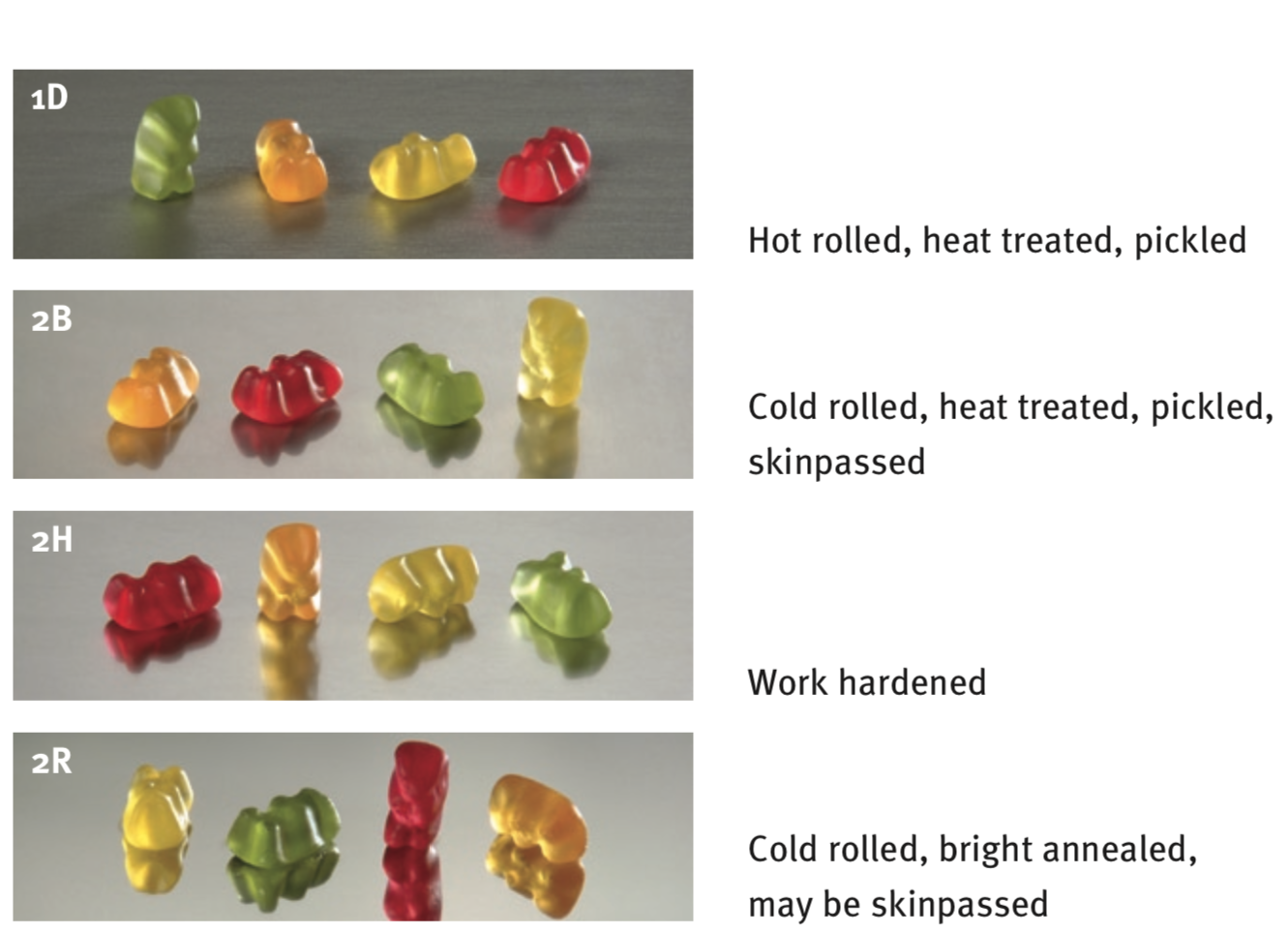
How are austenitic grades interrelated?
Starting from the universal commodity grade 1.4301, the alloying content can be adapted to modify the steel’s characteristics:
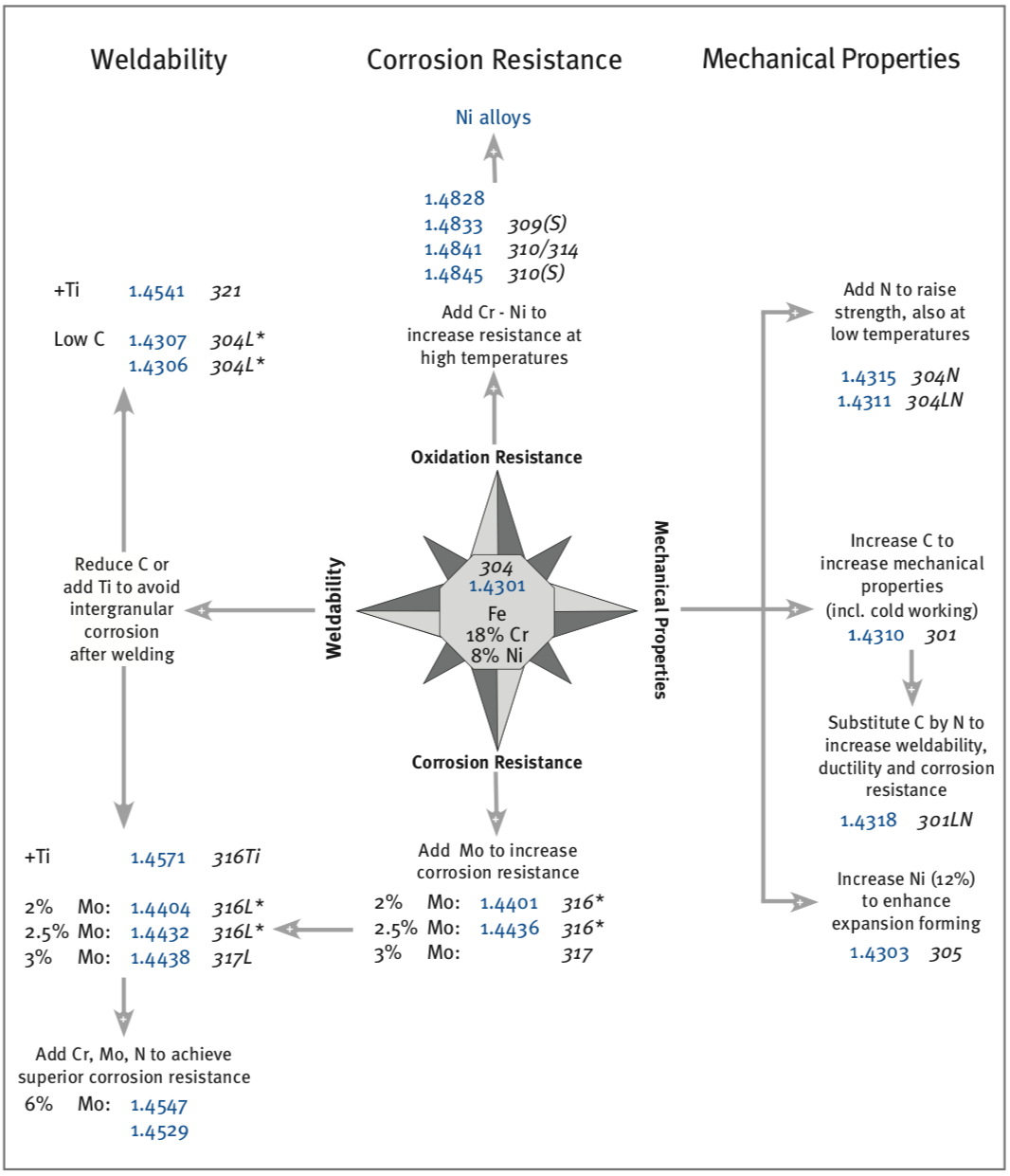
What are the ferritic options?
The most popular grade is EN 1.4016 (AISI 430). Low chromium alloys can be chosen in non-severe environments and where appearance is not a priority. Chromium and molybdenum increase corrosion resistance. titanium and niobium improve weldability.
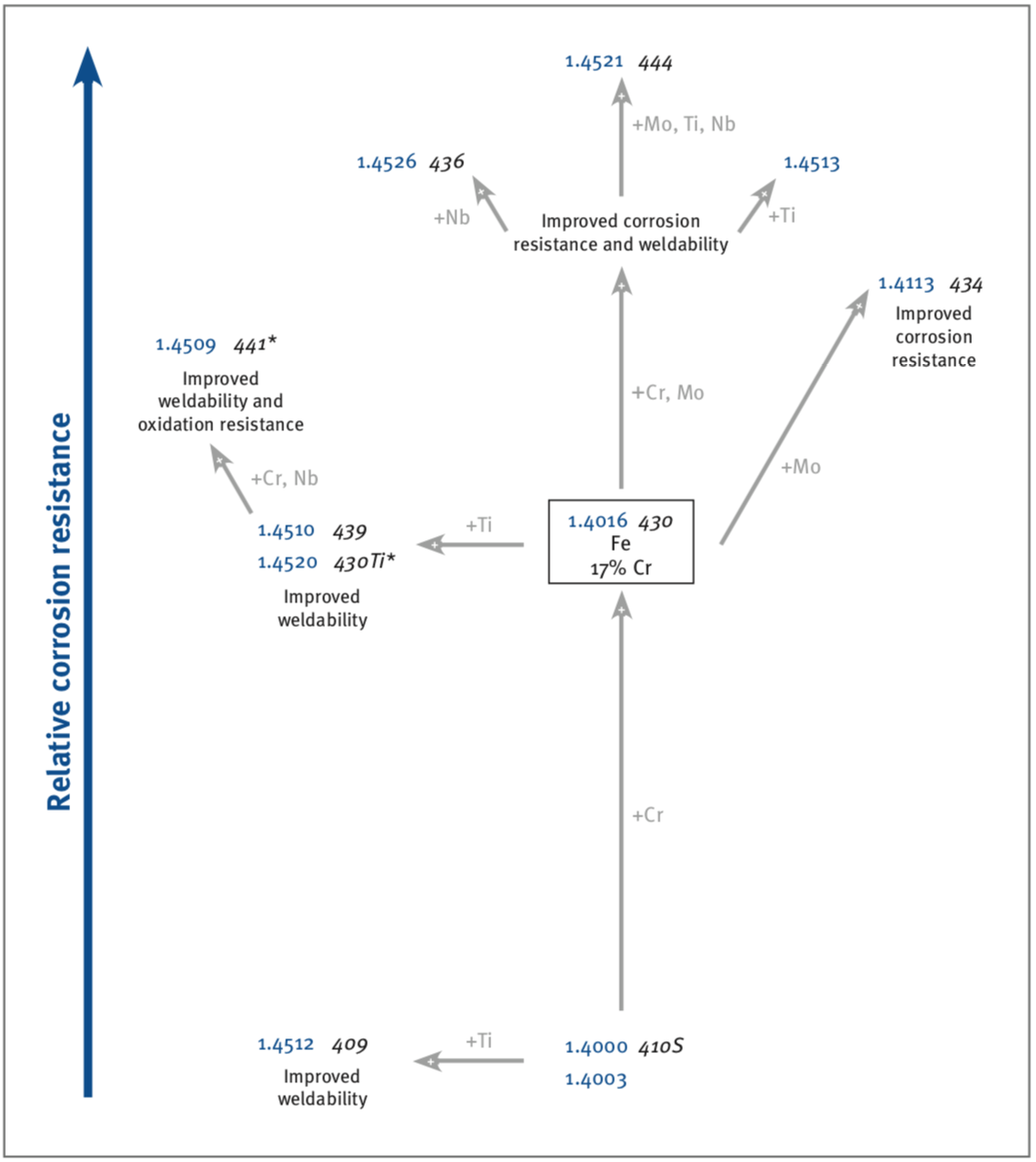
And what about duplex?
Duplex stainless steels typically show higher mechanical properties and corrosion resistance than the most common ferritic and austenitic grades. The relative differences between duplex stainless steel grades – of which EN 1.4462 is the most popular one – should be viewed in this context.
